Medical imaging has changed healthcare by giving doctors clear images of what’s inside our bodies. This helps them find and fix problems better. We’ll look at how medical imaging, radiology, and diagnostic imaging are key in today’s healthcare.
We’ll also talk about how medical imaging has grown. From old X-rays to today’s digital scans, it’s a big leap. Medical imaging, radiology, and diagnostic imaging are vital. They’ve made healthcare better, helping patients get better faster.
We aim to fully understand medical imaging and its role in healthcare. We’ll show how it helps in finding and treating diseases. This will highlight the benefits of medical imaging, radiology, and diagnostic imaging.
Key Takeaways
- Medical imaging has revolutionized the field of healthcare by providing accurate and detailed images of the body’s internal structures.
- Medical imaging, radiology, and diagnostic imaging play a critical role in disease diagnosis and treatment.
- Modern digital imaging modalities have improved patient outcomes and transformed the healthcare landscape.
- Medical imaging, radiology, and diagnostic imaging are essential tools for healthcare professionals.
- The evolution of medical imaging has led to better disease diagnosis and treatment options.
- Medical imaging, radiology, and diagnostic imaging will continue to shape the future of healthcare.
Understanding Modern Medical Imaging Technologies
Medical imaging has changed how doctors diagnose and treat diseases. We use different technologies to see inside the body. Digital imaging is key in today’s healthcare, helping us find and fix diseases better.
Important tools in medical imaging are X-ray, CT scan, MRI, and ultrasound. They give us important info about the body’s inside. This helps doctors diagnose and treat many health issues.

We’ll look at each technology’s basics, uses, and benefits in healthcare. For example, MRI shows soft tissues clearly, and CT scan gives detailed views of inside structures. Ultrasound has gotten better, helping with heart and cancer issues.
Digital X-ray and Computed Tomography
Digital X-ray and CT scans give us sharp images of the body’s inside. These tools are common in medical imaging. They help doctors find and treat many health problems.
Magnetic Resonance Imaging (MRI) Systems
MRI systems show soft tissues well, aiding in diagnosing and treating many conditions. MRI is non-invasive, using magnetic fields and radio waves for detailed images.
Practical Applications of Medical Imaging in Clinical Settings
Medical imaging is key in healthcare, helping doctors diagnose and treat diseases better. It lets us see inside the body, find problems, and plan treatments. Radiology is a big part of this, letting us check the body without surgery and find many health issues.
In fields like cardiology, oncology, and neurology, imaging is a big help. For example, cardiovascular disease is found with angiography and echocardiography. Cancer is spotted with PET scans and MRI. Neurological issues like stroke and tumors are found with CT scans and MRI.

- Diagnosing diseases and conditions, such as cardiovascular disease, cancer, and neurological disorders
- Monitoring treatment response and disease progression
- Guiding minimally invasive procedures, such as biopsies and tumor treatments
- Developing personalized treatment plans based on individual patient needs
Medical imaging, diagnostic imaging, and radiology make healthcare better. They help patients get better, save money, and get better care. As technology grows, we’ll see new ways imaging helps in clinics, leading to better health for everyone.
The Future of Healthcare Through Advanced Imaging Solutions
We are on the brink of a new era in healthcare, with medical imaging at the forefront. New technologies like artificial intelligence and machine learning are changing digital imaging. They help doctors diagnose and treat diseases better.
These advancements mean better patient care, lower healthcare costs, and higher quality care. We see a future where patients get better, and healthcare gets more efficient.
The mix of PET scan technology and data analytics is changing disease detection and management. These tools open doors to early diagnosis, tailored treatments, and better patient tracking. This new approach will not only help individuals but also communities.
We are excited and hopeful for healthcare’s future. Our dedication to improving medical imaging technologies will lead to better care and outcomes. We aim to change healthcare for the better, for all future generations.
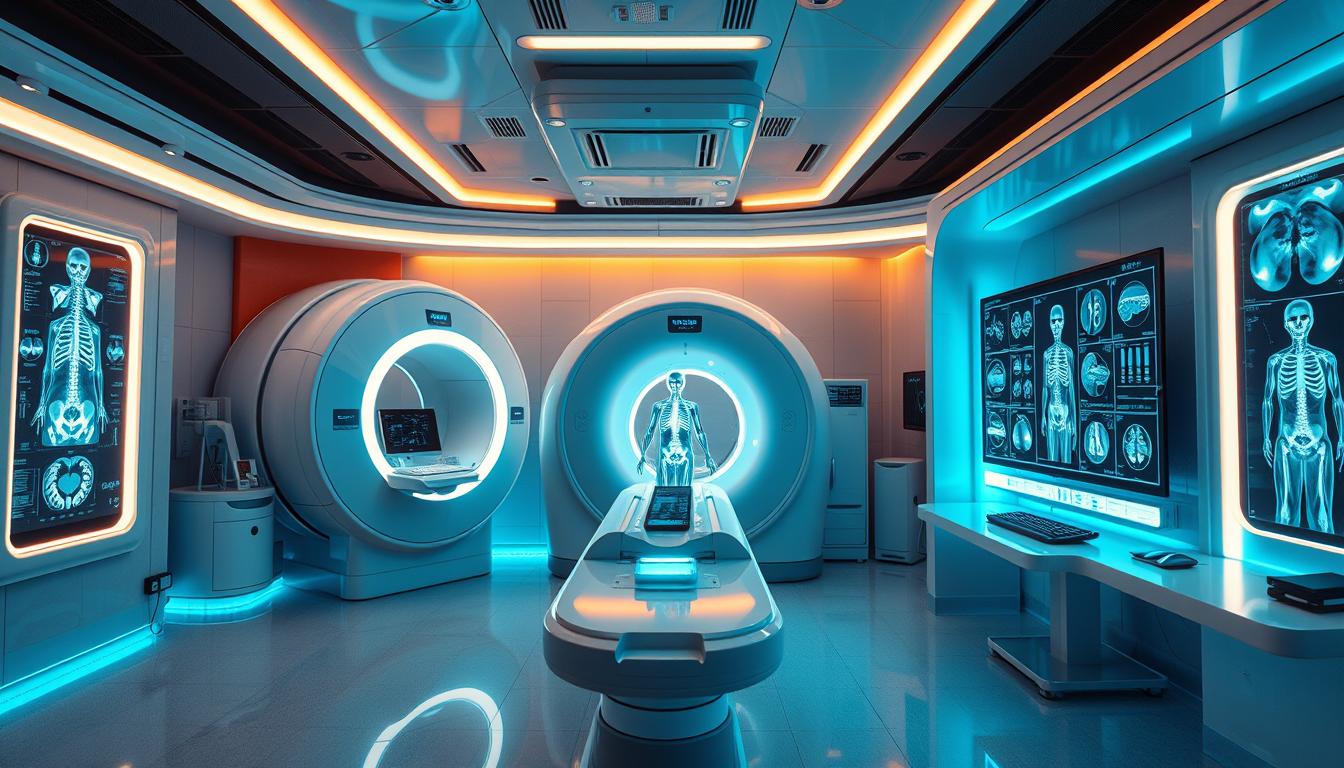
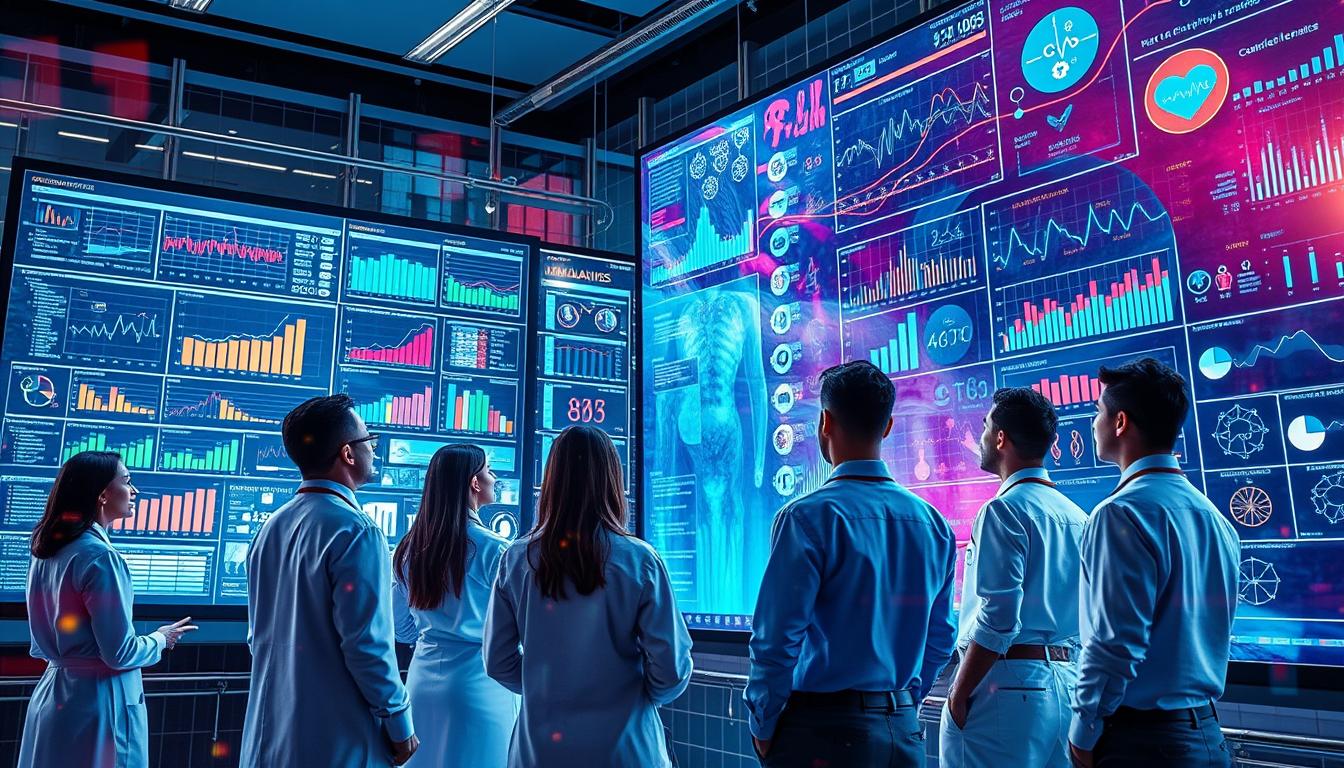
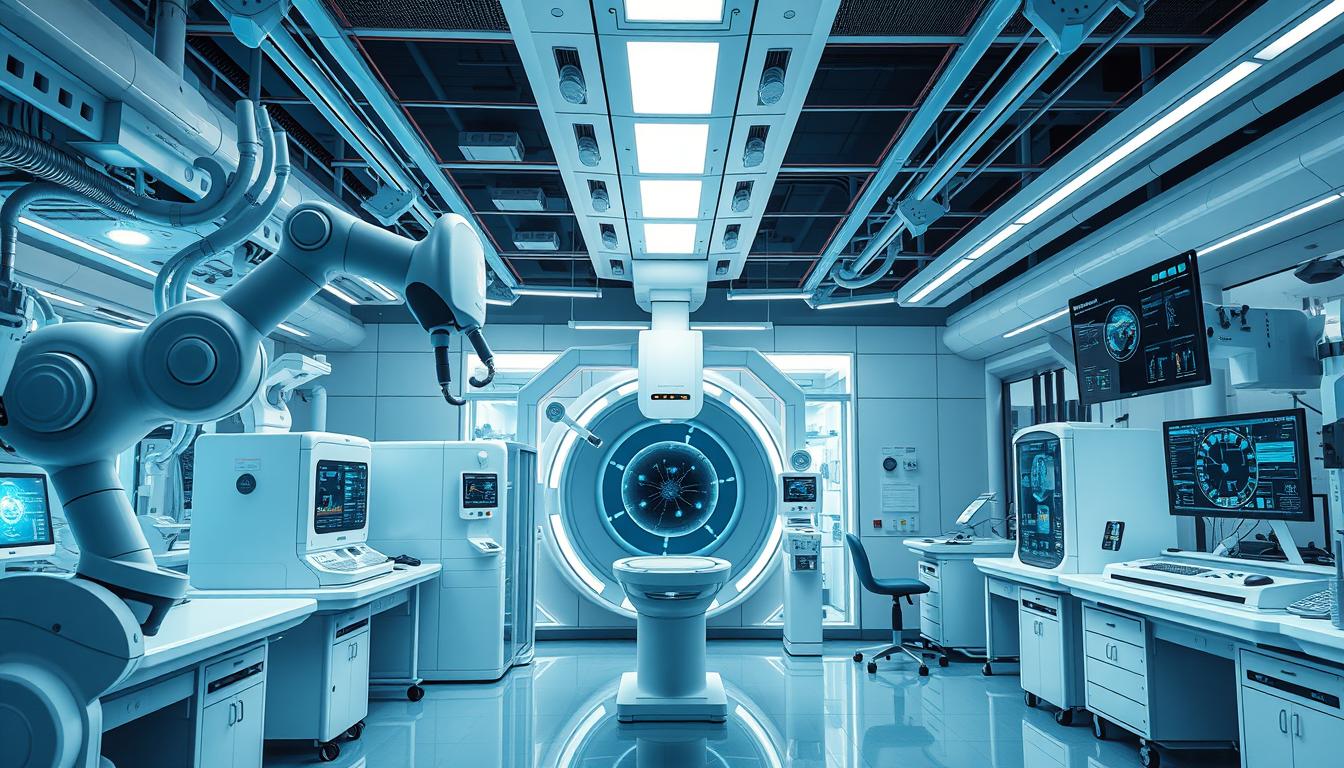
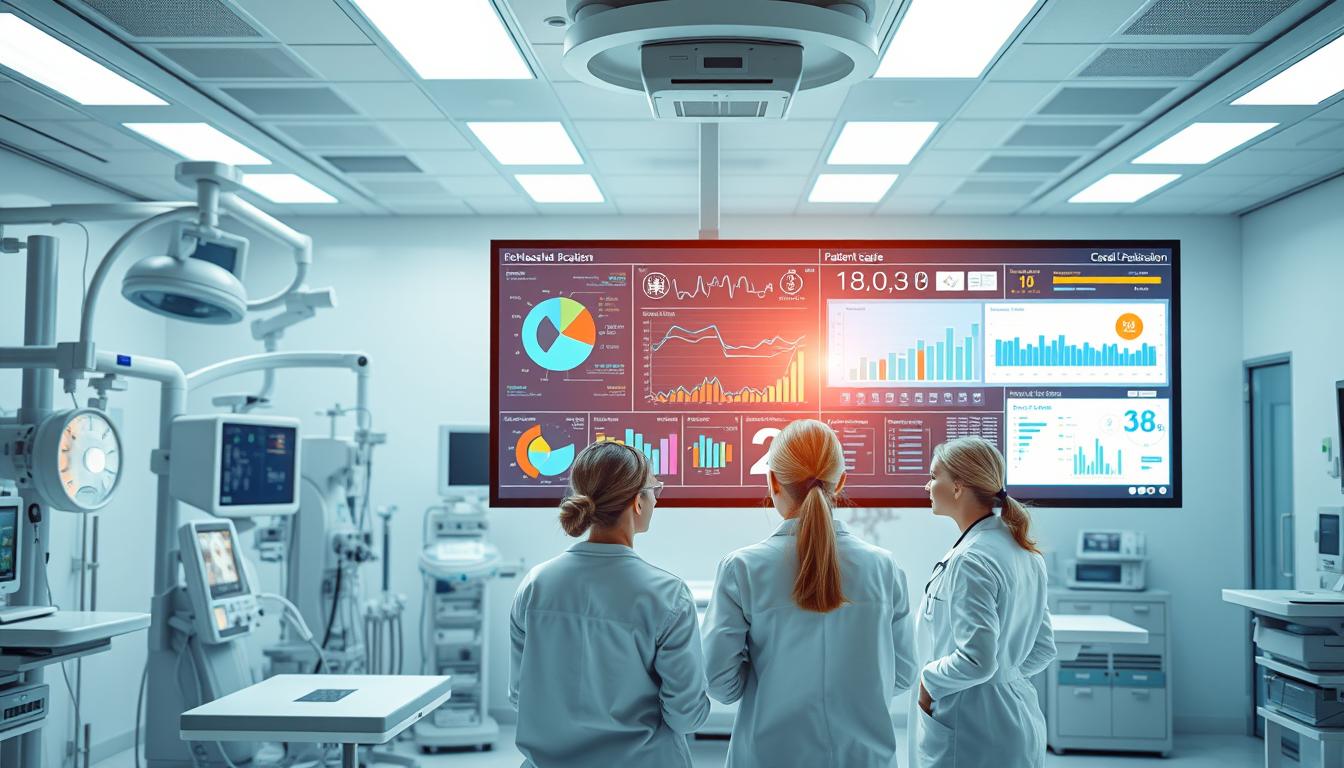
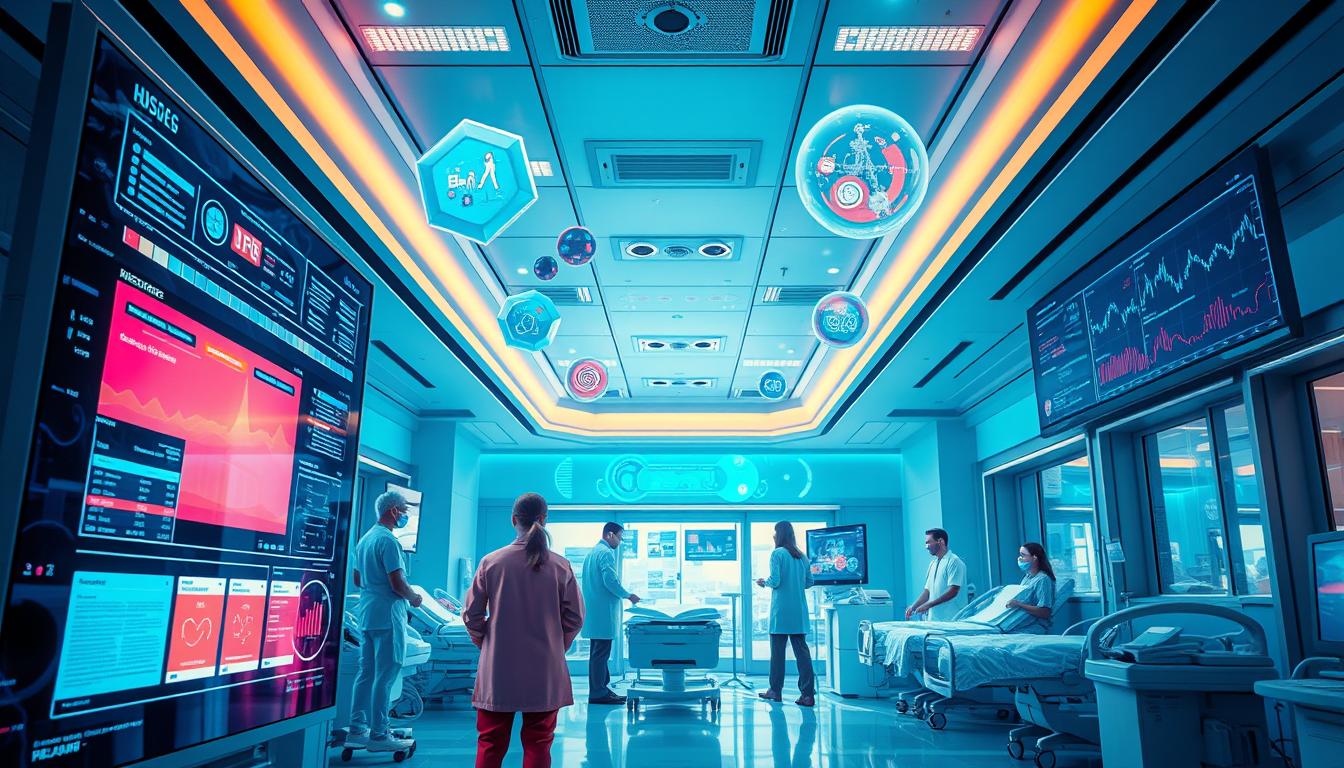
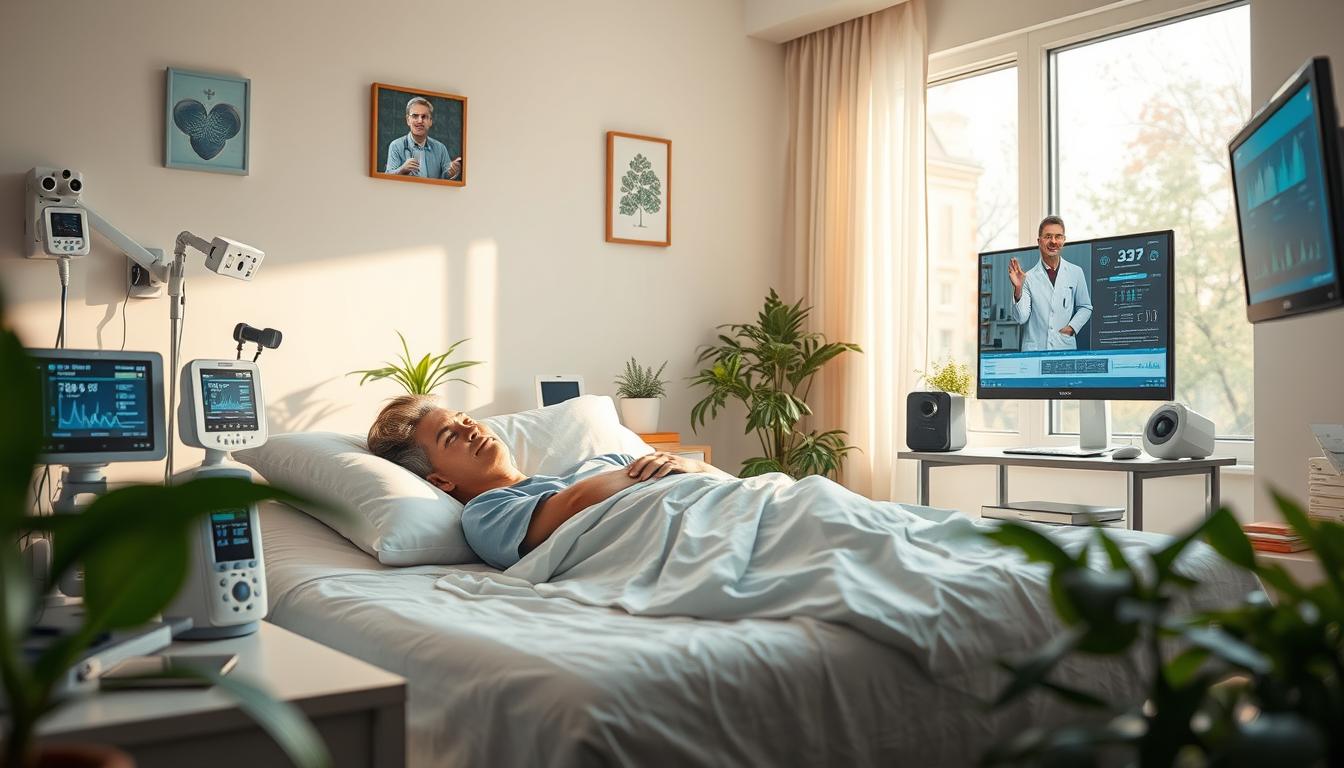
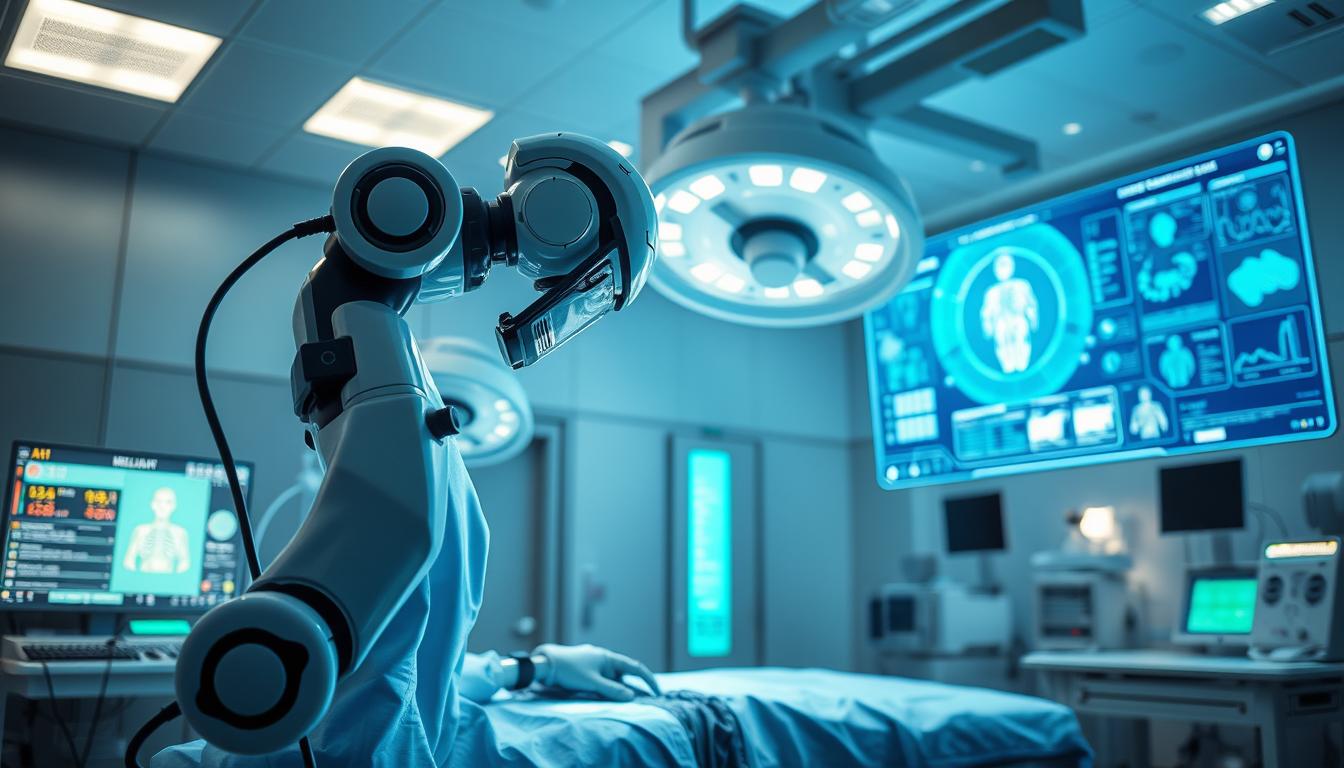
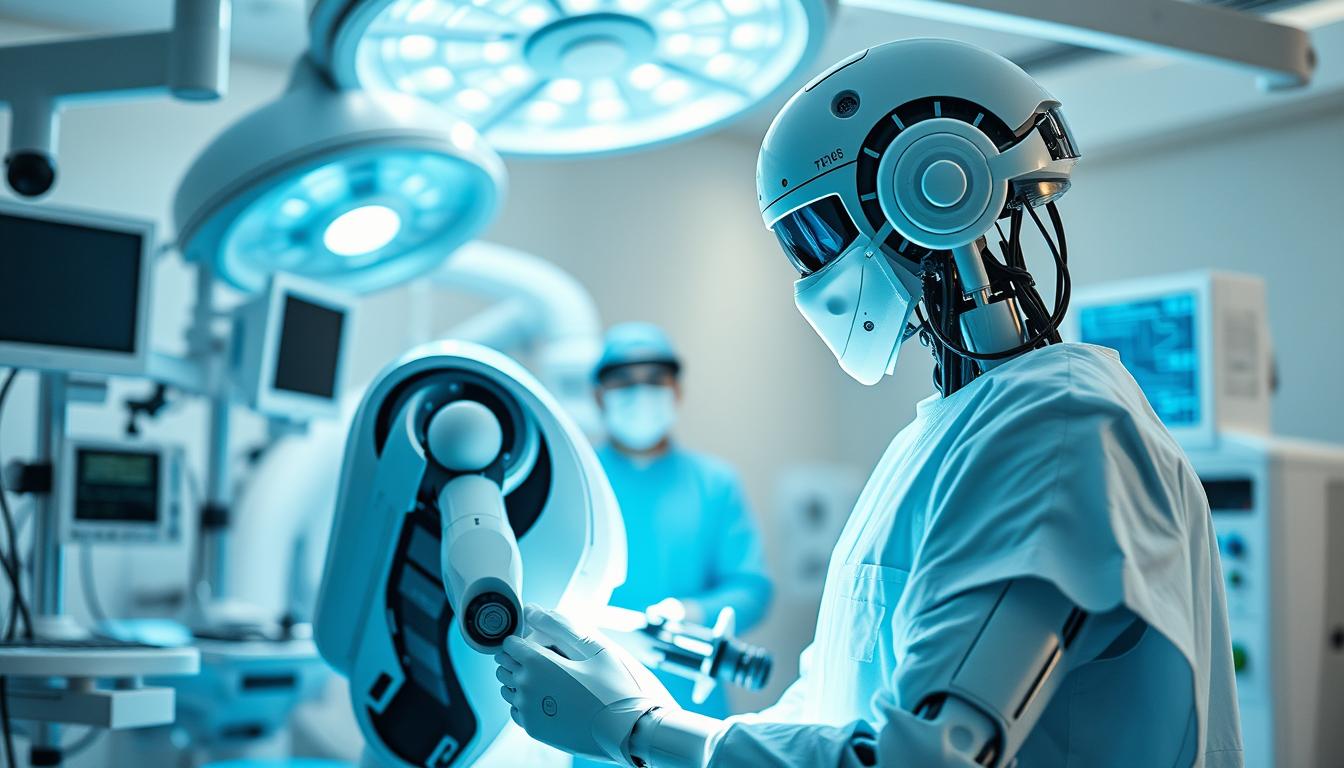
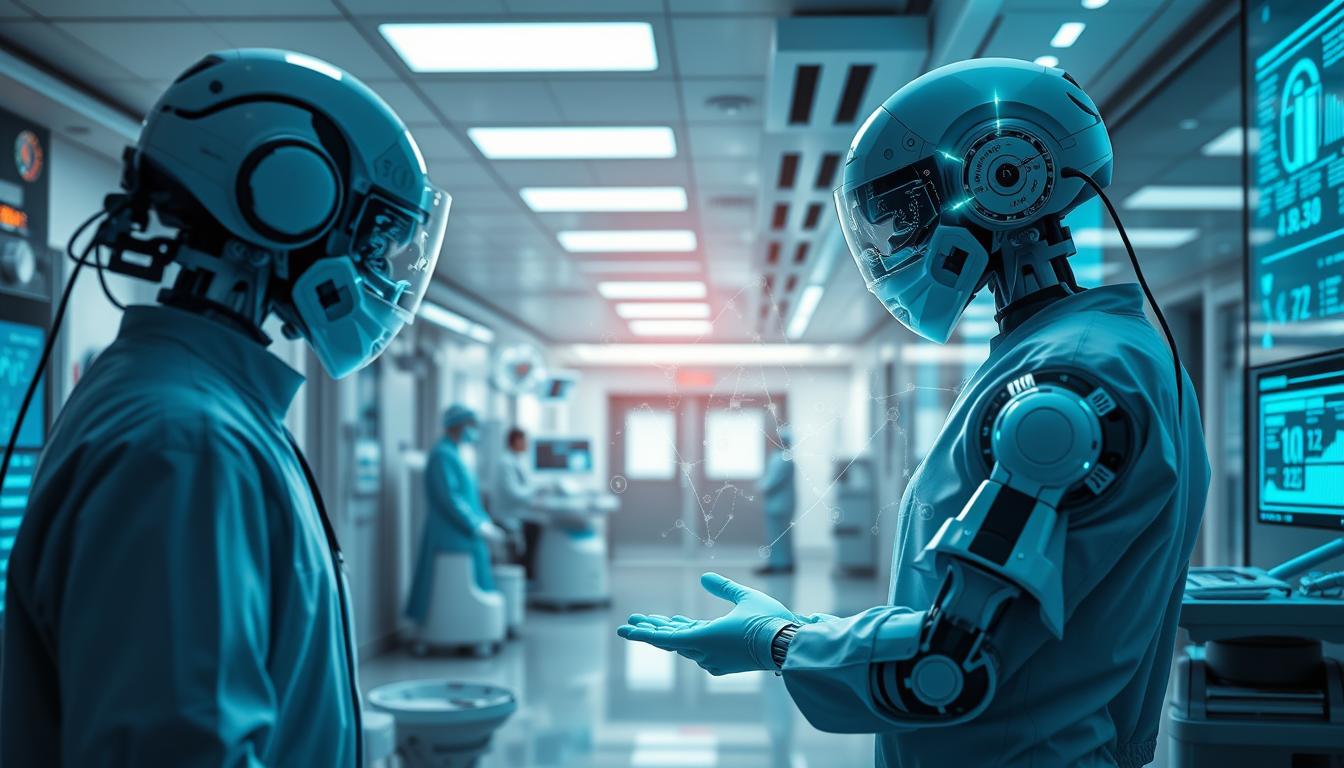

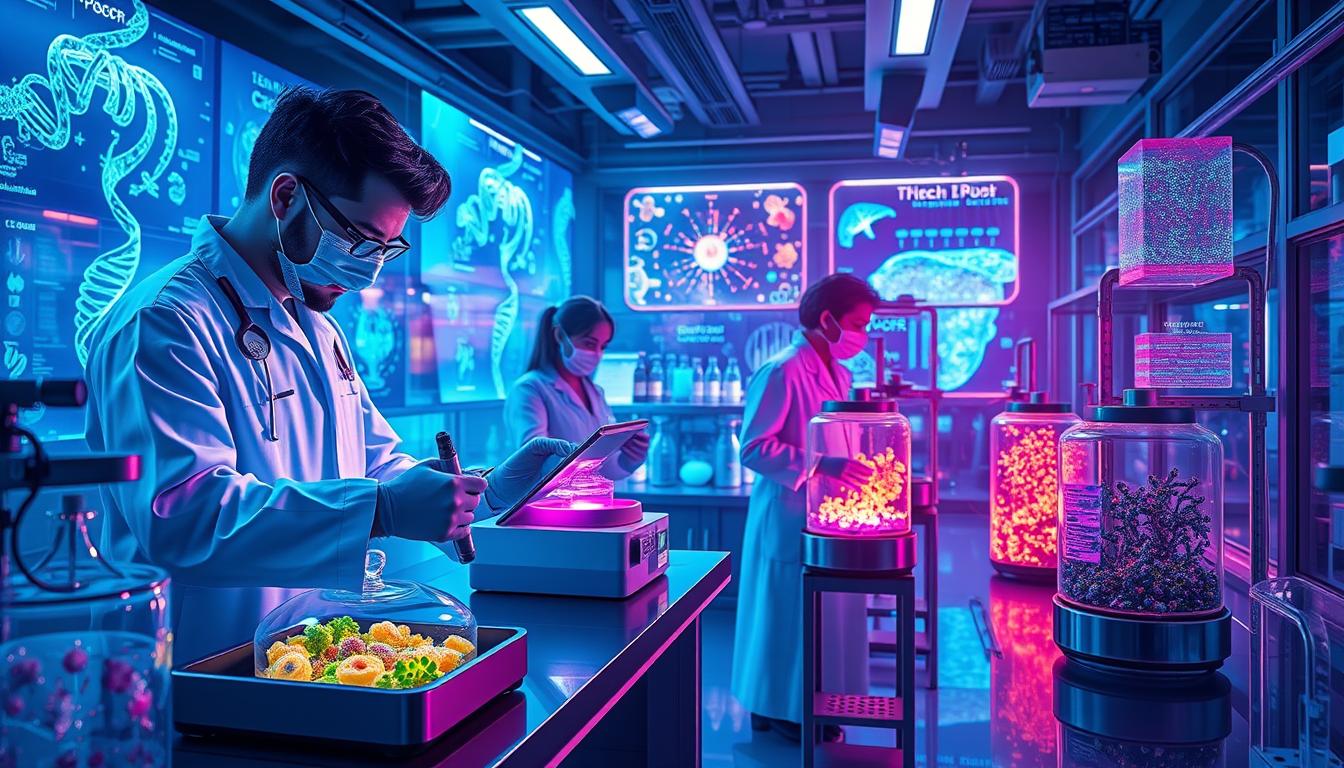
Leave a Reply